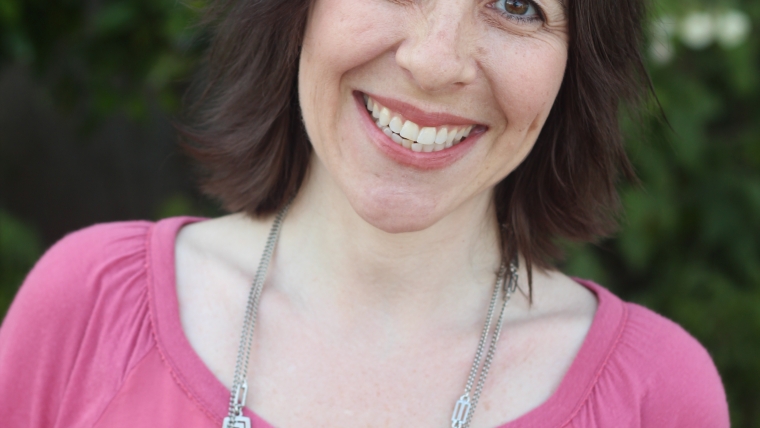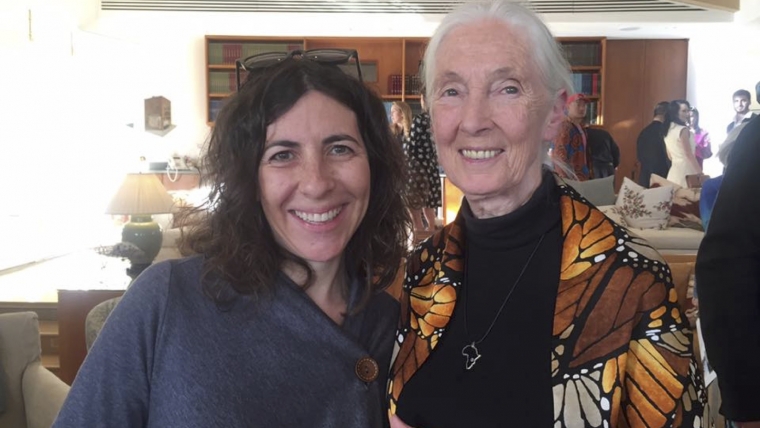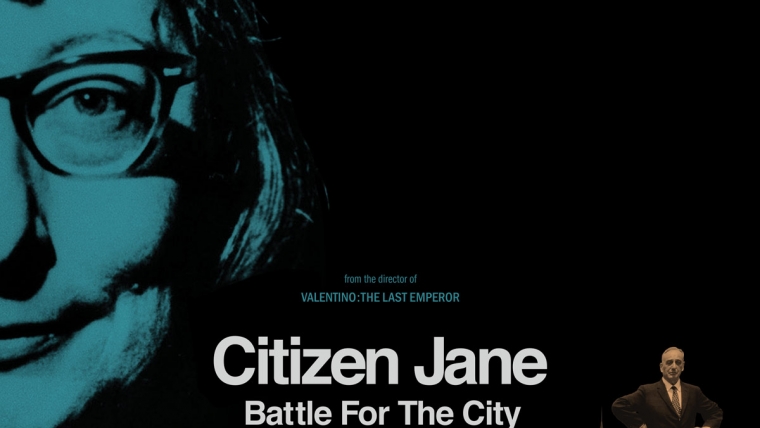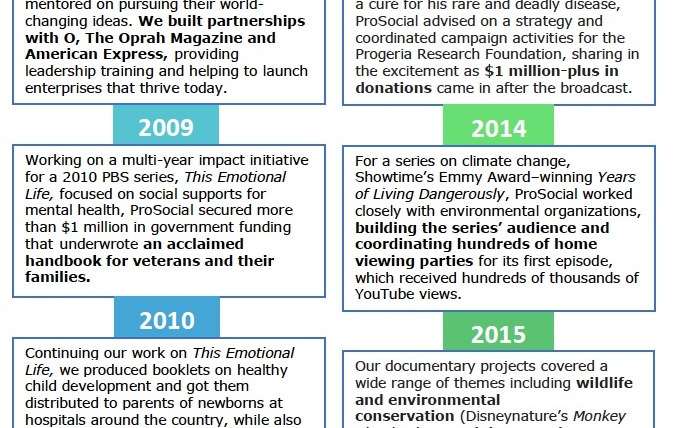Let’s Unpack the Big Fuss Over “Little Women”
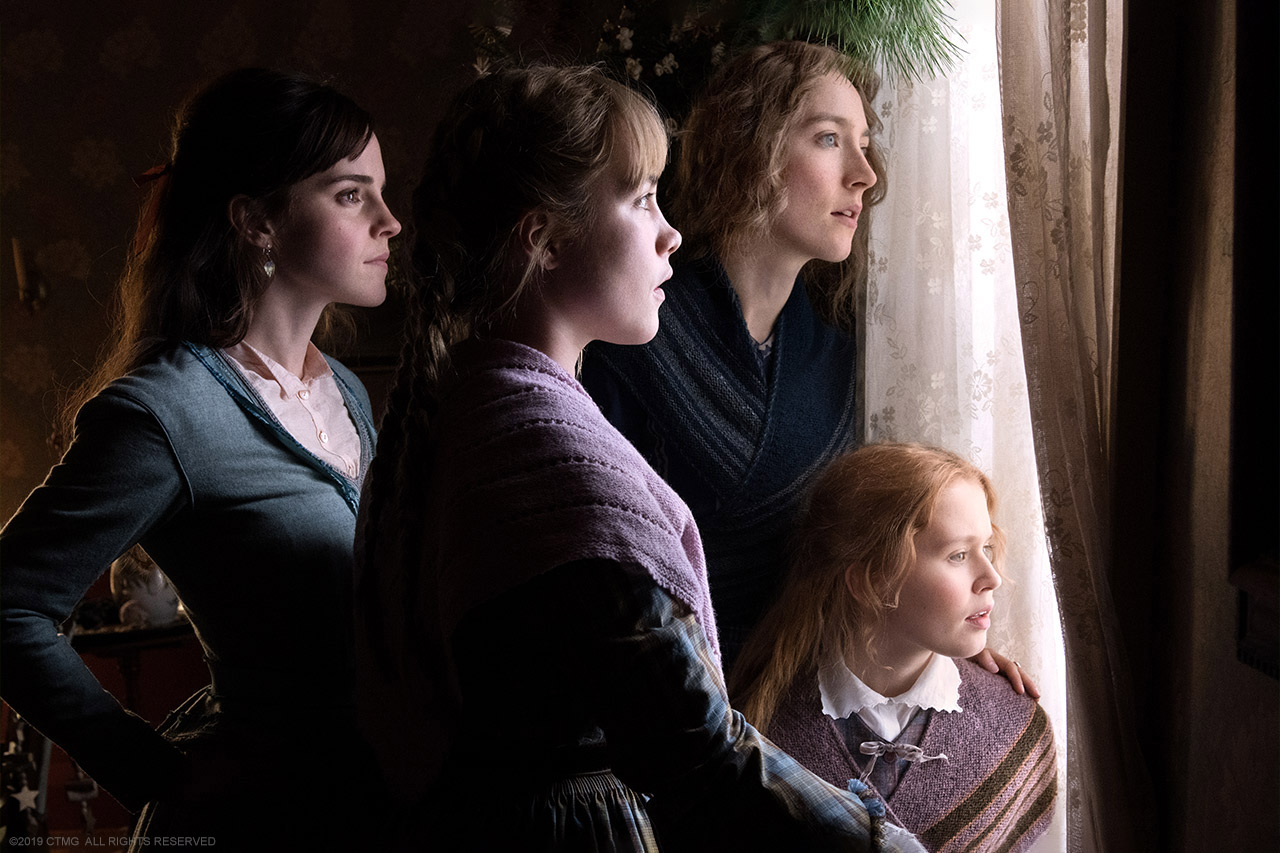
Wilson Webb/Columbia Pictures
Since “Little Women” came out in theaters last month, a lot of the film’s drama has been taking place offscreen. The week before it opened, Anthony Breznican of “Vanity Fair” observed that “‘Little Women’ Has a Little Man Problem”: Men were sparsely attending screenings. Producer Amy Pascal suggested that “unconscious bias” had contributed to indifference among predominantly white and male voters on movie awards, as the film received no Screen Actors Guild nominations and scant recognition at the Golden Globes, which didn’t nominate the film’s director, Greta Gerwig (or any other female director). Soon after, New York Times film critic Janet Maslin Tweeted with consternation that although she considered the film to be one of the year’s best, several male friends of hers who normally trust her recommendations were uninterested or unwilling to see it.
Then came backlash. “How dare people refuse to see something they have no interest in. What nerve,” was one sarcastic Tweet in response. Another commenter complained, “The incredibly cynical weaponisation of progressive social politics to guilt trip people into consuming entertainment products is one of my least favourite cultural developments of the last few years.” Some commenters, both male and female, argued that preferences for “chick flicks” or war movies are commonly divided among gender lines, and they didn’t expect their significant other (or themselves) to cross over for the sake of shared experience.
Others, however, countered with a different point of view: “Cinema should be about exploration, not living in the echo chamber of your ‘genre’ preference.” And many people chimed in with mentions of men who loved “Little Women,” though often after being nudged to see it. (On January 13, “Little Women” proceeded to pick up six Oscar nominations, for best picture, actress in a leading role for Saoirse Ronan, actress in a supporting role for Florence Pugh, original score, costume design, and adapted screenplay for Greta Gerwig.)
This debate is bigger than “Little Women,” and it’s not just about gender. Back in 2011, research showed that white people expressed less interest in seeing a film when it was marketed with a cast that was at least 70 percent black compared with the same content featuring actors who were predominantly or all white. This phenomenon has long been a rationale for the ranks of white male entertainment executives to disregard diversity. But study author Andrew Weaver, an associate professor in the Media School at Indiana University, determined that the main reason for his findings was not that the study subjects believed they wouldn’t relate to black characters or their story; rather, they tended to assume that they were not the intended audience for the film, particularly if they were frequent moviegoers. In a vicious cycle, Weaver explained, lack of diverse casting has perpetuated white audiences’ perception that films starring minorities are “not for them,” while leaving minority audiences to watch stories in which they’re under- or unrepresented that are billed as being “universal.” (There’s also some controversy over whether or not the latest adaptation of “Little Women” should have been more inclusive.)
Films such as “Moonlight,” “Black Panther,” “A Wrinkle in Time,” “Crazy Rich Asians,” “Us,” and “The Farewell” have been challenging and changing these patterns. Still, only 4.5% of films feature Latinx speaking characters, making the largest ethnic group in America virtually invisible onscreen, according to a 2019 report from the USC Annenberg Inclusion Initiative. Weaver’s latest research, however, suggests that when white people see positive social media comments from other white people about a film with a black cast, the bias he’d previously observed is eliminated.
At ProSocial, we’re in the business of helping films reach audiences—because we think that’s one of the best ways to educate and engage the public on social issues—and we know that word of mouth matters. We connect films with specific communities, from college students to farmers to veterans. By partnering with aligned nonprofits, professional associations, or other influencers related to these communities, we can get through to them, both online and off. Yet we also look for ways we can help content reach beyond the “target audience.”
In the future, it’s been speculated, “Netflix will be able to create 50 editions of a single show with characters who are black or white, Asian or African, young or old, depending on the demographics they’re trying to reach.” In fact, this is already happening in some advertising. If this becomes more common, will the ultimate effect will be progress or provincialism? Increased representation or misrepresentation?
In 2020, we’ll continue to consider the power of sharing a film or show with someone who might love it but overlook it, the possibilities for venturing outside of media bubbles, and the value of diversifying storytelling for years to come.

